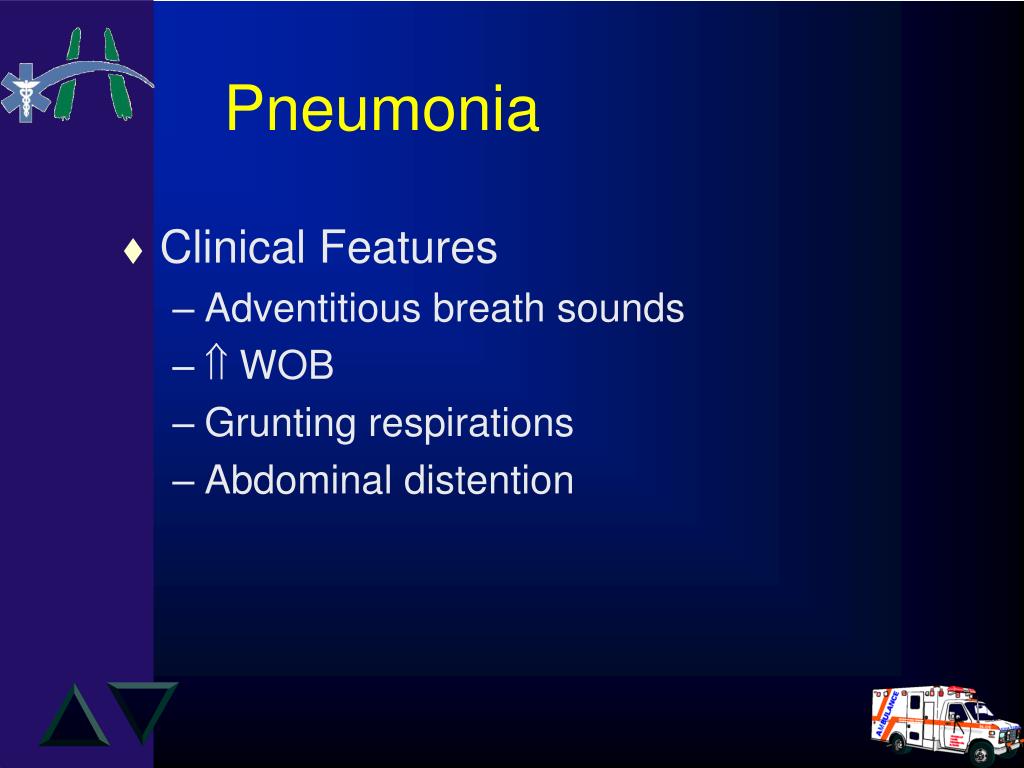

The sound of pleural rubs occurs every time the patient inhales and exhales. It can be described as the sound of walking on fresh snow or rubbing leather together. The sound may be continuous or broken and creaking or grating. This is often heard in pleurisy, or inflammation of the tissues that lie in the lungs and chest cavity. Pleural rubs occur when two inflamed pleural surfaces rub against each other during respiration. Listen to the sound of course crackles in a patient with pneumonia: They are usually caused by mucus in the bronchi. Coarse crackles are often heard just in certain spots in the lungs, possibly only on one side or in different spots on both sides.

They are described as a bubbling sound, as when pouring water out of a bottle or like ripping open Velcro. As the fluid fills the lungs more, fine crackles can be heard closer and closer to the top of the lungs.Ĭoarse crackles sound like coarse, rattling, crackling sounds that are louder, longer, and lower in pitch than fine crackles. Fine crackles usually start at the base of the lungs where there is fluid in the lungs. Fine crackles sound like wood burning in a fireplace or cellophane being crumpled. Fine crackles are high-pitched, brief, discontinuous popping lung sounds. They are broken down into fine crackles and coarse crackles. Late inspiratory crackles may indicate pneumonia, CHF, or atelectasis, a complete or partial collapse of a lung or lobe of a lung. Early inspiratory and expiratory crackles are heard in chronic bronchitis. Crackles can be heard on inspiration and expiration. Previously termed rales, crackles are sounds that are heard in the lung field that has fluid in small airways.

Listen to the following stridor lung sounds: Stridor can indicate a medical emergency if not enough oxygen is able to get through the airways.

You may frequently hear stridor in children, as they are more likely to choke and more likely to get childhood infections like croup. Stridor can also be heard in a person with an infection, swelling in the throat, or laryngospasm. Stridor is caused by something blocking the larynx, such as a person choking on an object. Air is moving roughly over a partially obstructed upper airway. When listening with a stethoscope, if the sound is louder over the throat, it is stridor, not wheezing. Stridor is a high-pitched musical sound heard on inspiration, which resembles wheezing. This is often heard in pneumonia, chronic bronchitis, or cystic fibrosis. Rhonchi occur in the bronchi as air moves through tracheal-bronchial passages coated with mucus or respiratory secretions. Rhonchi sounds have a continuous snoring, gurgling, or rattle-like quality. Listen to the following wheezing lung sounds:Ī wheeze may also be lower-pitched, having a snoring or moaning quality in which they are referred to as rhonchi. The classic wheeze refers to the high-pitched whistle-like sound heard during exhalation as air moves through a narrow or obstructed airway. Wheezing sounds may occur during inhalation or exhalation and are continuous with a musical quality. Wheezing is caused by the narrowing of the airways and is associated with asthma, bronchitis, pneumonia, COPD, smoking, heart failure, inhaling a foreign object into the lungs, or an allergic reaction. Types of abnormal breath sounds include wheezing, rhonchi (which sound like low-pitched wheezing), stridor, crackles (also known as rales, and these may be further classified as fine or coarse), and pleural friction rub. The lung sounds are classified according to the sounds involved during inhalation and exhalation phases of the breath cycle, taking note of the pitch and intensity. These are easily identified by auscultation, or listening to the lungs fields with the stethoscope. Hi, and welcome to this video on lung sounds! Lung sounds, or breath sounds, refer to the sounds heard when air moves through the respiratory system.


 0 kommentar(er)
0 kommentar(er)
